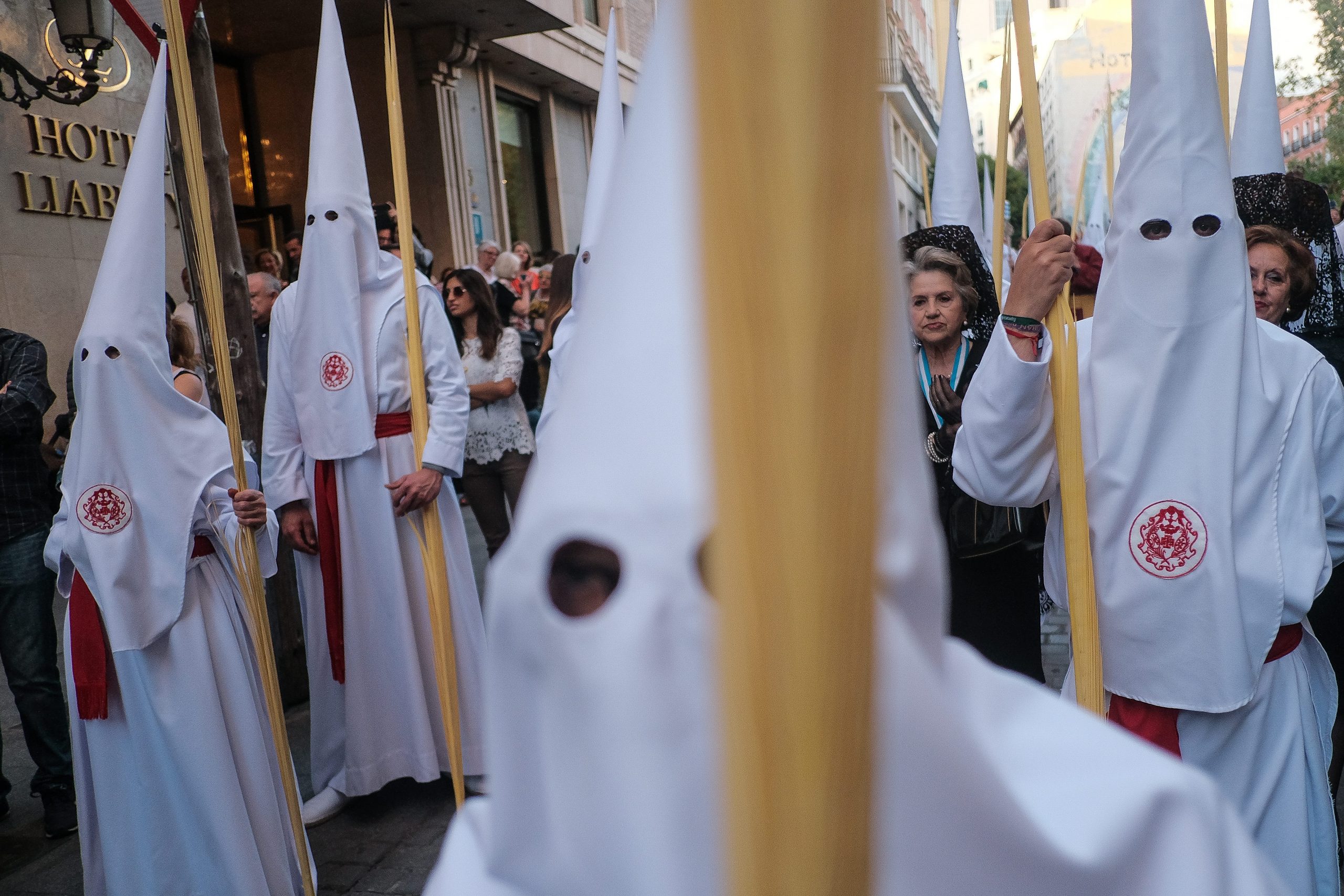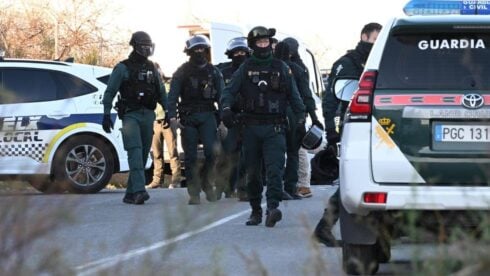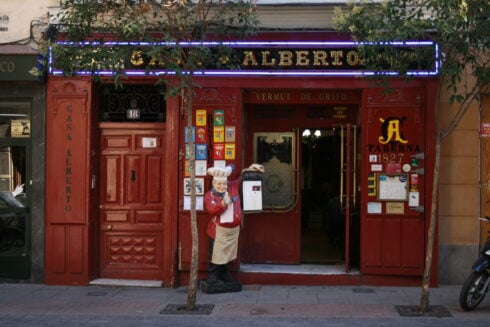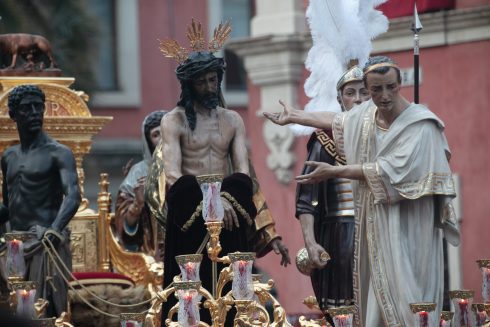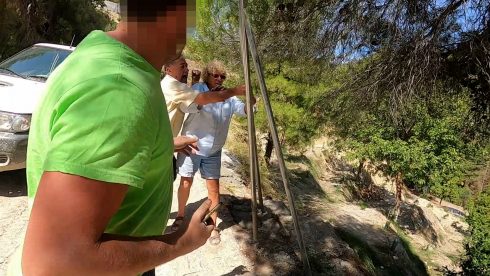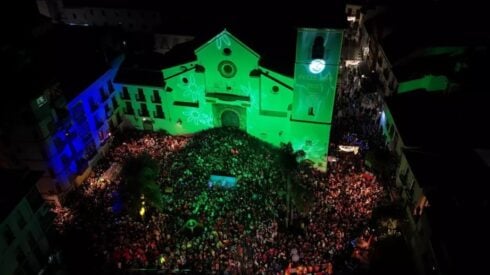VISITORS to Spain during Easter week might gasp in horror when they see people in conical white hoods parading through the streets.
But while these capirotes bear an uncanny resemblance to the official headdress of the Ku Klux Klan (KKK), they could hardly be further removed in meaning.
Instigated by the Spanish Inquisition, male and female convicts had to wear a yellow garment that covered their chest and back – the saco bendito, or ‘blessed robe’ – along with a cardboard cone whose colour alluded to the person’s sentence. Red, the colour of execution, brought the greatest shame.
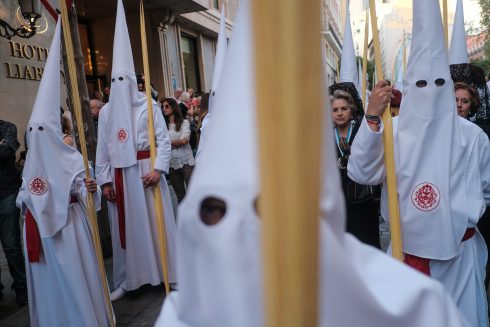
Over the years, however, capirote wearers extended the length of these punitive head pieces until they hid their faces entirely, granting anonymity. Drawn by its connotations of penitence, a cornerstone of Catholic dogma, Sevillan brotherhoods in the 1600s restored the capirote and from there it spread to other Spanish cities.
This is the usage that has come down to us today, as nazarenos, members of the cofradias Catholic brotherhoods which participate in the Semana Santa processions, wear them to emphasise their status as penitentes. Though some 17th century Sevillan religious groups, such as the Brotherhood of San Juan de Letran, wore blunt-shaped capirotes, the cone has become the preferred form as the point is thought to bring the penitent closer to heaven.
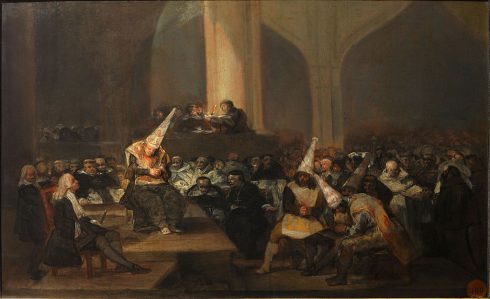
So where does the KKK hat come from?
Compared to the Catholic capirote, the imposing KKK hood is relatively recent. Originally formed in 1865 following the American Civil War, the first KKK organisation was composed of Confederate war veterans who used insurgency tactics to fend off the ‘threat’ posed by ‘scalawag’ northerners.
During this period, their costumes ranged from ‘lavish gowns and headpieces with matching disguises for horses to pieces of cheap cloth worn over the face’. There are even accounts of Klansman being identified because onlookers realised they were wearing their wife’s dress.
Among the cotton-stuffed horns, scarlet stockings, white gowns and other bizarre accessories donned by these early Klansmen was the occasional pointed hat. However, this odd jumble of clothing items did not constitute an official attire; and it was only in 1915, when the KKK rose again, that William J. Simmons introduced the uniform still worn by Klan members today.
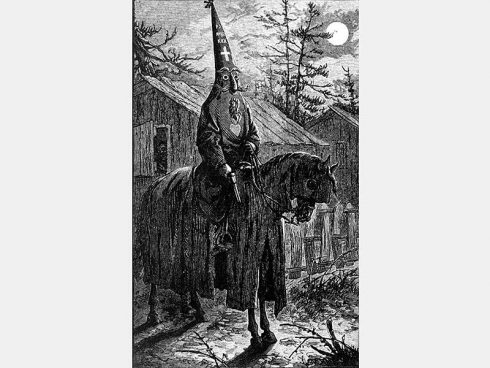
Though the capirote was a possible inspiration for the conical white hood, which likewise ensures anonymity and thus makes it difficult for Klansmen to be held accountable for their actions, there are other, more likely sources.
One of these is D. W. Griffith’s The Birth of a Nation (1915), a cinema adaptation of the 1905 novel The Clansman: A Historical Romance of the Ku Klux Klan, which depicted Klansmen in robes and pointed hoods. Other commentators, however, link the Klan’s uniform to ‘folk traditions of carnival, circus and minstrelsy’, as they do to many of their rituals and processions.
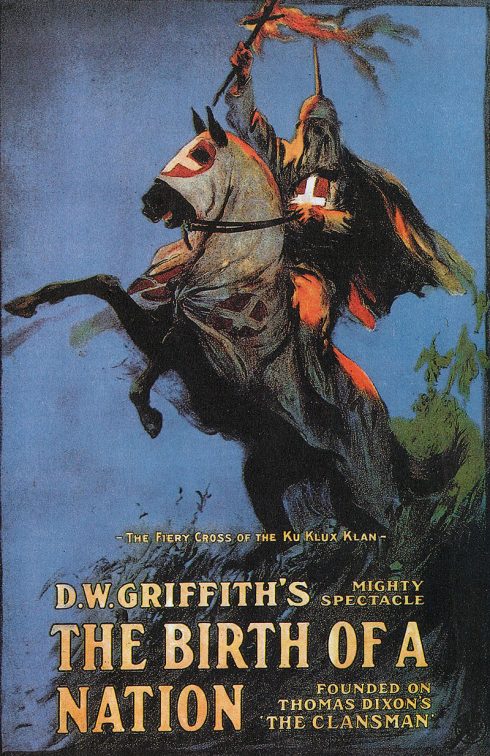
Whatever the exact origin of the KKK hood, be rest assured that this dark symbol did not inspire the Catholic custom of the capirote, as the latter far preceded the former.
So if you spot hooded and robed figures marching through the streets in Spain this week, don’t worry – they are only repenting their sins.
READ ALSO:
- Torrijas: This is Spain’s Semana Santa treat to feast on at Easter
- Six typical Easter dishes to savour during Semana Santa in Spain
Click here to read more Olive Press Travel News from The Olive Press.

